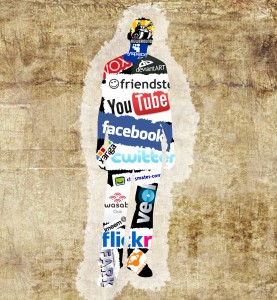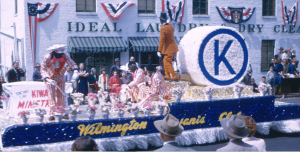In my Intro to Public History class, I usually require some sort of digital assignment as one of three short projects. The first project uses historic Sanborn fire insurance maps and requires each student to walk a different city block and submit an essay analyzing changes in the cultural landscape from past to present. The second project has been the creation of a personal website, inspired by a Domain of One’s Own, where the students can create a portfolio of their work in various classes, including mine. The third project always relates to James Madison’s historic home, Montpelier, which I use as a case study to explore multiple branches of public history at one historic property. This semester, I changed the second project to Adobe Spark glideshows documenting a local Confederate monument and the third shifted to a digital commonplace book focused thematically on Montpelier.
The idea came from a tweet by historian Joe Adelman, who has had students create Continue reading



